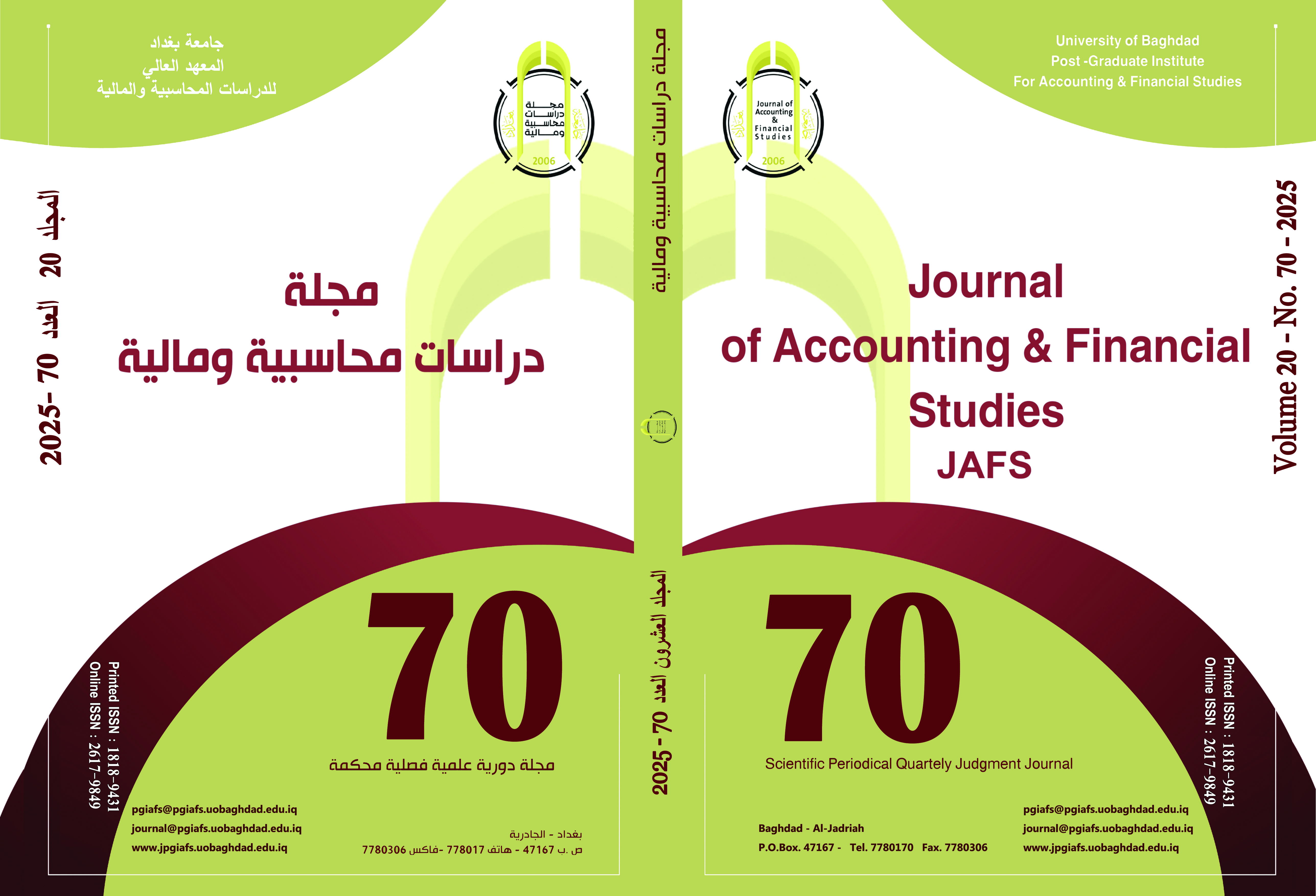Utilizing solid waste treatment costs to achieve environmental sustainability
DOI:
https://doi.org/10.34093/fbs6ck32Keywords:
cost optimization, greenhouse gases, direct combustion technology, global warming, environmental sustainabilityAbstract
This research aims to shed light on how to employ the costs of treating solid waste using direct incineration technology and without emissions in the field of achieving environmental sustainability and reducing the proportion of pollutants and greenhouse gases emitted from places where solid waste accumulates, which cause many diseases and epidemics. Solid waste is not a product or service, but rather one of the self-evident matters that must be managed comprehensively because it is considered one of the most prominent sources of environmental pollution due to the continuous increase in population numbers, and thus the increasing amounts of waste thrown outside homes and in public places and remaining for long periods, causing the emission of unpleasant odors and harmful gases. Global warming gases such as methane and carbon dioxide Therefore, it has become necessary to pay attention to methods of treating and disposing of these wastes, such as gasification, pyrolysis, anaerobic fermentation, and the direct incineration method, which is currently considered one of the best ways to obtain energy from waste and the least polluted. The research has reached a set of conclusions, the most important of which is that the current landfill sites located in... Al-Nabai area and Al-Nahrawan area are considered irregular sites because they violate health and environmental conditions, the most prominent of which is not lining the site with insulating materials that prevent waste leachate from leaking into groundwater, but rather carrying out the landfilling process in a primitive manner, and treating solid waste using the direct incineration method contributes to achieving the economic dimension of sustainability through energy production. Electricity is provided continuously and from natural sources as well as achieving the environmental dimension through the disposal of waste in a safe manner and without emissions. One of the most important recommendations reached by the research is the recommendation to deliver waste to incineration plants and treat it using direct incineration instead of burying it in the ground and incurring high landfill costs, which in turn contributes to producing electrical energy at a lower cost and recycling most parts of the waste and benefiting from it, as well as the need for the state to adopt projects. To establish special stations for burning waste and generating energy in support of the proposal to dispose of accumulated waste in an environmentally friendly manner on the one hand, and to provide a renewable source for continuous energy production on the other hand, and this is consistent with the concept of sustainability in all its dimensions. In order to achieve the objectives of the current research, it was applied in the Baghdad Municipality and a sample of its affiliated municipalities based on data for the year 2021, which includes the stages of obtaining solid waste (collection - transportation - landfill) in quantities and costs. related to it.
Downloads
Published
Issue
Section
License
The copyright is transferred to the journal when the researcher is notified of the acceptance of his research submitted for publication in the journal.



